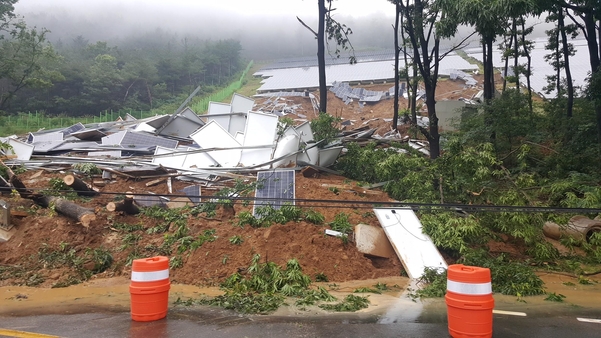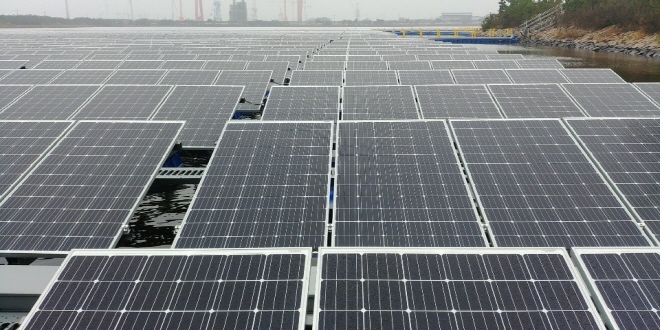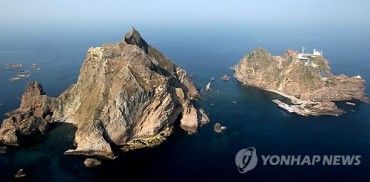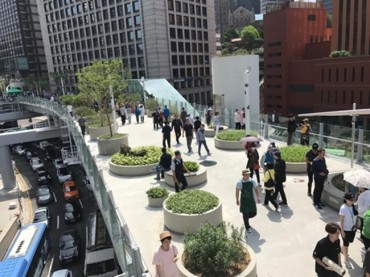SEOUL, Aug. 10 (Korea Bizwire) — Amid a string of landslides following heavy downpours across the country, some are blaming the solar power facilities installed on a number of mountain slopes across the country as one of primary factors behind the increase in landslides.
In particular, some claim that the number of such facilities increased sharply due to the Moon Jae-in administration’s nuclear phase-out policy, insisting that the policy is the main culprit behind the surge in landslides.
Such claims, however, are not supported by statistical evidence.
The reason why solar power facilities installed on mountain slopes are cited as one of key factors behind landslides is due to the inevitability that forest will be cleared during the process of installing such facilities.
From a broader perspective, however, the claims that the increase in the number of such facilities led to the increase in the number of landslides need to be proven through data.
Government statistics show that the number of such solar power facilities continued to grow until 2018, while the number of landslides has fluctuated since 2016 after declining during the period from 2011 to 2015.
In particular, the number of landslides fell sharply by 40 percent year on year in 2018 despite a sharp year-on-year increase in both the number of such solar power facilities and incidences of heavy rainfall.

A solar facility set on a mountain slope collapsed in Cheongdo County in North Gyeongsang Province, 325 kilometers southeast of Seoul, on July 3, 2018, shown in this photo provided by the county office.
This data tends to suggest that solar power facilities installed on mountain slopes can be seen as one of factors that can bring about landslides, but the claim that such facilities are the main culprit behind the surge in landslides lacks statistical proof.
It’s true that the number of solar power facilities increased sharply during the first and second year of the Moon Jae-in administration.
The government, however, has toughened regulations on such facilities since the latter part of 2018 aimed at preventing forest damages, and has slowed down the growth of such facilities.
According to the Ministry of Trade, Industry and Energy, the size of the area approved for the installation of such solar power facilities slid to 1,024 hectares in 2019, down 58 percent from 2,443 hectares a year ago.
J. S. Shin (js_shin@koreabizwire.com)







